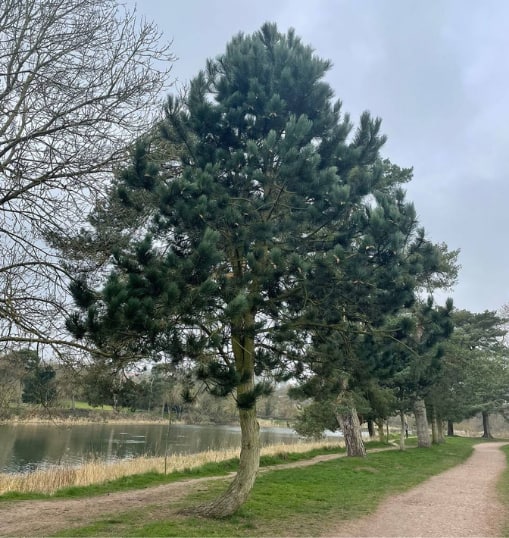
Hedges are a staple of many landscapes, providing privacy, defining boundaries, and adding aesthetic appeal. However, hedges can become overcrowded over time and develop dense growth, compromising their health and appearance. Eastbourne Tree Care shares expert tips for effectively managing overcrowding and thinning out dense growth through hedge-cutting techniques in this blog post.
Assess the Health of the Hedge:
- Before embarking on any cutting or pruning activities, it’s essential to assess the overall health of the hedge. Look for signs of stress, disease, or pest infestation, as these issues may require specific treatment or intervention. Additionally, the density of the hedge should be evaluated, and areas where overcrowding is most pronounced should be identified. This initial assessment will inform your approach to hedge cutting and help you achieve the desired outcome.
Identify Problematic Areas:
- Next, carefully inspect the hedge to identify areas of dense growth, overcrowding, or weak or diseased branches. Excessive foliage, tangled branches, or limited airflow may characterise these problem areas. By pinpointing these areas, you can focus your cutting efforts where they are most needed and prioritise thinning out dense growth to improve overall hedge health and appearance.
Practise Selective Pruning:
- When thinning out dense growth, it’s essential to practice selective pruning to maintain the natural shape and structure of the hedge—removing dead, damaged, or diseased branches using sharp, clean pruning shears or hedge trimmers. Then, selectively prune overcrowded branches by cutting them back to their point of origin or a lateral branch junction. This approach lets you thin out the hedge without compromising its integrity or aesthetics.
Use the “Three D’s” Rule:
- A helpful guideline for determining which branches to remove during hedge cutting is the “three D’s” rule: remove branches that are dead, damaged, or diseased. Removing these problem branches not only improves the appearance of the hedge but also promotes healthy growth and reduces the risk of pest infestation or disease spread. Additionally, removing crossing or rubbing branches can prevent future overcrowding and maintain optimal airflow within the hedge.
Maintain a Balanced Profile:
- As you thin out dense growth and manage overcrowding, maintain a balanced profile and uniform density throughout the hedge. Avoid over-pruning or removing too many branches, as this can weaken the hedge and leave it vulnerable to environmental stressors. Instead, focus on achieving a natural and harmonious appearance by selectively thinning out dense areas while preserving the overall shape and structure of the hedge.
Conclusion: Managing overcrowding and thinning out dense growth are essential aspects of hedge maintenance that require careful attention and expertise. By assessing the health of the hedge, identifying problematic areas, practising selective pruning, using the “three D’s” rule, and maintaining a balanced profile, you can effectively rejuvenate and enhance the appearance of your hedge.
Call us on: 01323 921097
Click here to find out more about Eastbourne Tree Care
Click here to complete our contact form and see how we can help with your tree’s needs.